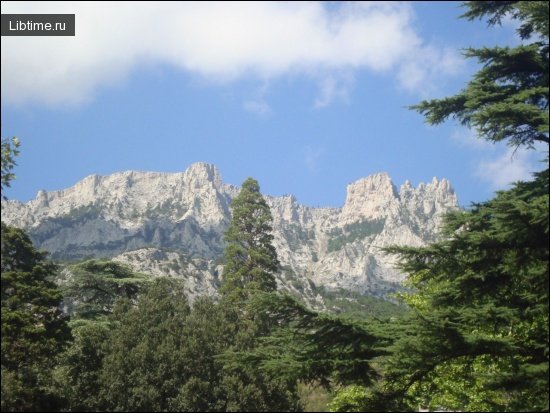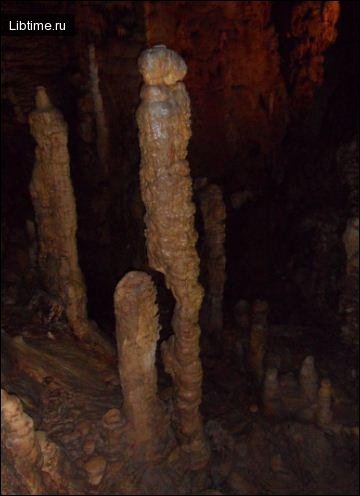Turanian speleological country
Turan speleological country covers the plains and flat plateaus of Central Asia. The largest number of caves is in the Ustyurt-Mangyshlak karst area (more details: Speleological classification of caves), which is divided into two speleological provinces - Mangyshlak and Ustyurt. 
The largest Omarata cave, located on the Caspian Sea coast, near the Bekdash rock, is 342 meters long. It was formed in Sarmatian limestones.
The cave begins with a well-shaped entrance, which at a depth of 6 meters passes into a small grotto. Several horizontal passages branch off from this grotto. In the investigated part of the cave there are nine grottoes up to 2 m high, 13 m long and 3 m wide.
The Ustyurt speleological province covers the Ustyurt plateau, bounded on all sides by chinks. Within the province 52 caves have been identified, which are confined to limestones and gypsums of the Neogene. The largest caves include Sarykamysh cave (200 m long) and Utebay cave (100 m long).
The Sarykamyshcave is a through caves two karst basins. The cave begins with a large grotto located at a depth of 42-44 meters. The grotto is about 120 m long, 25 m wide and 8 m high. The ceilings of the grottoes are vaulted, uneven, and the floor is covered with rock fragments. The total length of the cave is 200 m.
Utebaisk cave begins at the bottom of a large karst sinkhole about 22 m deep and in the near part of the cave has the form of an inclined pipe, which at a depth of 56 m passes into a horizontal cavity 52 m long, 20 m wide and up to 3 m high.
In the far part of the cave there are two ponors in the form of small sinkholes (diameter and depth up to 2 m), passing below into cracks, which absorb rain and snow melt water flowing into the cave from a large area.
Among the karst mines, the Boloyuk mine, which reaches a depth of 120 meters, is of the greatest interest. At its bottom there is a large grotto, most of which is occupied by a lake up to 5 m deep. See also: Red Cave.


